The difference between a good revitalization and a bad one comes down to many factors, creating a finished product that either languishes or shines. Developers are already walking a fine line trying to delight long-time fans without disrupting their memory of a game. Below, we look at several series that have been brought back in fantastic fashion and explain how they pulled it off while also showing other attempts that were… less successful.
1. Remove key features if necessary
Game developers are in a precarious situation when they take risks with an established series. Change too much and you’ll upset fans, but don’t change enough, and the series grows stale. The best entries are the ones that throw caution to the wind and abandon established systems to create a new identity.
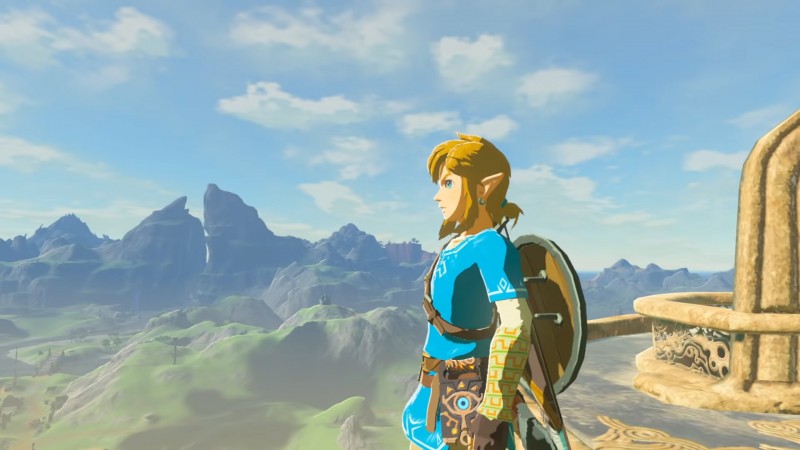
How it’s done well: The Legend of Zelda: Breath of the Wild
Read our review
Zelda spent years peddling the same experience with diminishing returns. By the fifth time we’d collected all the heart pieces and found the hookshot, we were ready for a change. Breath of the Wild shook things up, and the old, low-hanging fruit came loose.
Nintendo completely did away with many of the series’ staples. Heart pieces were gone. Dungeons were drastically rethought. Weapons broke. You now unlock all of your abilities up front, so your progress is never artificially gated. The game’s producer, Eiji Aonouma, spoke with us about the game before release and said, “We kind of did away with all of that and kind of redid the conventions of Zelda in that way, so you know, if it’s that much fun using it why not hand it to the player in the beginning.”
Breath of the Wild wasn’t afraid to strip away established conventions and make players look at the series with a fresh pair of eyes.

How it’s done poorly: Tony Hawk’s Pro Skater 5
Read our review
Tony Hawk spent years on top before Skate muscled its way in and stole some of the series’ waning thunder. By that point, we had spent so much time grinding and getting insane, high-flying combos, that the series naturally reached a saturation point.
Tony Hawk’s Pro Skater 5 aimed to revive the aging franchise, but with different developers at the helm the landing was sloppy. Tony Hawk 5 definitely feels built off the back of the previous entries, often to a fault; I hope you like collecting SKATE letters and secret tapes, because you’re going to do it in every level. Putting aside plenty of the more glaring design decisions that made THPS 5 a lackluster entry – like the awkward slam when you hit the grind button, having an online hub you must repeatedly load in and out of, or elemental attributes that strangely let you shoot fireballs from your skateboard – it made the simple error of hewing too closely to a series that was past its prime without providing a reason to come back.
2. Keep it Simple
When making a follow-up to a classic game, you naturally want to go big: to go all out and include every cool new feature possible. This is not always the right answer. Not every game needs an open world or use RPG mechanics.
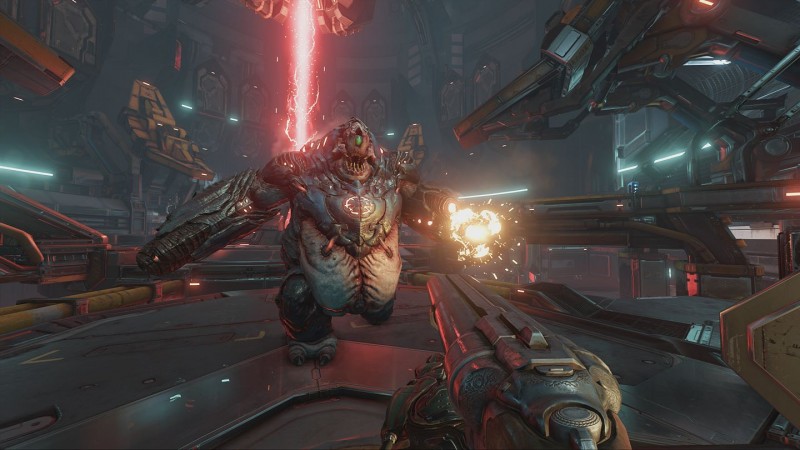
How it’s done well: Doom
Read our review
Doom had everything working against it: the series was known for popularizing the first-person shooter in its nascent stages yet failed to capture the same attention in the modern age. It was also – despite having a multiplayer mode – primarily sold on the back of its single-player campaign at a time when Destiny was one of the biggest shooters around.
But sometimes less is more. Not only did the new iteration manage to rekindle some nostalgia for classic Doom, it did that with about as pure an FPS experience as possible. Doom has always been about mowing down demons at lightning speed, and the 2016 Doom delivered that without bolting unnecessary systems on top. Its action was so precise that it is now the benchmark to test Google’s Stadia streaming service. And there is very little story or characters bogging down the experience; there is just enough to give you a direction to point your unstoppable demon-slayer. While Doom 3 tried to scare you, the new Doom turned the tables so the enemies are terrified of you. Like it should be.

How it’s done poorly: Mirror’s Edge Catalyst
Read our review
The original Mirror’s Edge was a brilliant game that wasn’t able to find its footing, but it smartly established the style and feel of the series. When DICE finally brought it back, it decided to open up the environments and drop Faith into a large, open-world where we could really play around with the parkour system.
Much of the criticism of the first Mirror’s Edge was that executing a flawless run through a level was thrilling, but Mirror’s Edge lost its momentum when you veered too far off the path. Mirror’s Edge Catalyst overcorrected and created a world with too wide a path. You could explore, but your best bet was to just follow the red runner’s vision highlighting the simplest path. It might have sounded like a good idea on paper, but the open world took one of the most striking parts of the original, the city’s design, and dulled the edge.
3. Modernize your series
Sometimes a game series was best in a specific time and place, but the original context for playing it has passed. Bringing these games back in the same form would fall flat. A fresh entry takes that into account and modernizes the game to appeal to a contemporary audience.

How it’s done well: God of War
Read our review
God of War is a series that exploded onto the PS2 in 2005 with all the bravado we now expect from its god-killing protagonist, Kratos. After years of unflinchingly stomping through the Greek pantheon and laying waste to everything in your way, that white-hot rage started to lose its steam.
Cory Barlog did the impossible when he came back to direct the latest God of War, he made the most one-note character of the last 10 years interesting again. By incorporating newer gameplay ideas (like an entirely reworked combat and crafting system) and exploring Kratos’ “softer” side as a parent, we got to see the game in a new light that didn’t simply lean on its past.
We spoke to Cory Barlog at E3 2017 and he admitted that Kratos had stagnated, but he wanted to update the character. “Let’s be bold, man. Let’s jump off the cliff,” he said. “Let’s figure out when you try to redeem a character who has embraced being a ***.”
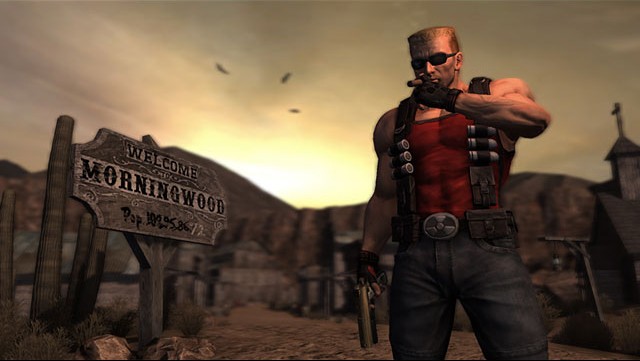
How it’s done poorly: Duke Nukem Forever
Read our review
Duke Nukem Forever is not good for many reasons, but chief among them is its complete unwillingness to change its bawdy and immature tone born out of its crass, ‘90s roots. While classic Duke wasn’t a shining beacon of decorum (Dukorum?), the game’s 2011 launch was even more glaring after the industry moved on from the raunchy comedy that had plagued the series.
The interactive environments make a welcome return, and who can forget such classic lines as “A turd in the hand is worth two in the bush”? As a callback to a bygone era of PC shooters, instead of highlighting the glory days, Duke Nukem Forever only dredges up our worst memories. But hey, maybe John Cena will solve this problem.
4. Understand what made the original great
This common mistake might seem like the biggest no-brainer of them all: you should have some reverence for the earlier installments. Too often, a series is taken in a new direction and the new game misunderstands what was so good before.

How it’s done well: XCOM: Enemy Unknown
Read our review
After an 11-year hiatus, XCOM was a franchise almost lost to memory, but in 2012, Firaxis brought the series back with XCOM: Enemy Unknown. The series was known for its strict and punishing turn-based strategy mechanics as much as its dire alien invasion story, so many fans were excited to see the new XCOM take that concept seriously and deliver a darkly rewarding tactical experience. When XCOM: Enemy Unknown was coming out, it shared some of the spotlight with the wildly different, if ultimately disappointing, The Bureau: XCOM Declassified, but it was clear that Firaxis had a firm grasp on what made those original games so enduring.
Firaxis was able to replicate the smartly designed levels and brutal enemy AI that stood out in original games while streamlining the complicated user interface of the older PC titles. In an interview with IGN in 2012, Jake Solomon, the game’s lead designer, said what made XCOM special was that it was “a game with consequences.” When your characters die, they don’t come back, so every decision you make is playing with high stakes. Firaxis was clearly attempting to replicate the original story beats and general gameplay, but the developers had a bead on the core of what made those games worth playing: oppressive enemy forces and unforgiving mechanics.
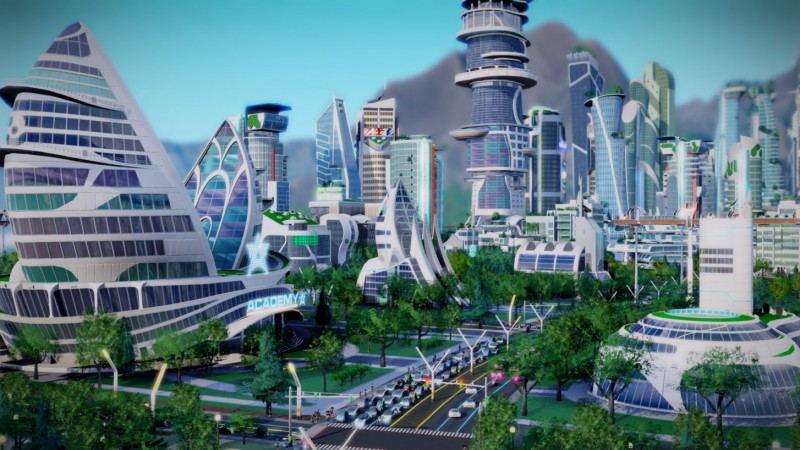
How it’s done poorly: SimCity
Read our review
SimCity was at its best when you were able to gradually build (and rebuild) a town from a small city to a bustling metropolis. But instead of using the power of modern (in 2013) PCs to give players large swaths of land to build on, your game world was limited to entice players to connect with other “neighboring” cities. While the idea of a connected world in SimCity isn’t entirely without merit, the new SimCity clearly didn’t understand why people had so much fun with series to begin with.
SimCity should have been a straightforward success. There are years of SimCity games as reference that could provide a clear roadmap for an amazing reboot. At first glance, the game makes smart inroads toward a cleaner and more user-friendly SimCity. The UI and basic mechanics from previous installments are neatly refined and are properly intuitive, but by encouraging players to divvy up tasks, it did more to hold the series back rather than move it forward.
In our interview with lead producer Kip Katsarelis, she said of the game’s natural disasters, “As much as we love city building, we love destroying our cities even more.” Maxis did that, just maybe not in the way it intended.
5. Don’t be afraid to make sweeping changes
While it is important to understand a game’s initial appeal, it is also valuable to recognize when a series has run its course. Sometimes the best course of action is to bring a series into an entirely new genre and redefine its image.
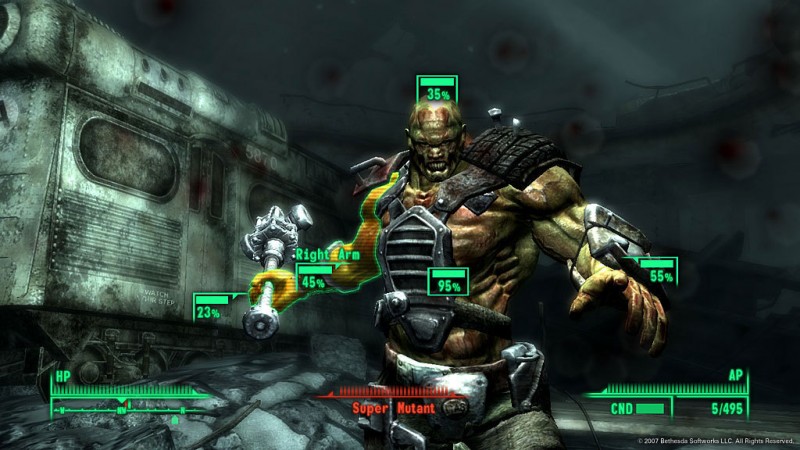
How it’s done well: Fallout 3
Read our review
After obtaining the license from Interplay in 2004, Bethesda took the ideas present in the previous games and ran wild. Fallout 3 preserved the characters and lore from earlier entries and retained the strategy elements in the form of its slow-motion V.A.T.S. system. The third entry also expanded the series scope considerably. From an isometric, tactical RPG to an expansive and breathtaking open-world first-person shooter, the transition was seamless (save for a few bugs). It is a brilliant adaptation with a legacy that endures to this day. Surely some people will pine for the days of the classic strategy game, but Fallout 3 remains one of the most influential games of the last 15 years. Although, its latest transition to multiplayer was perhaps a little less graceful.
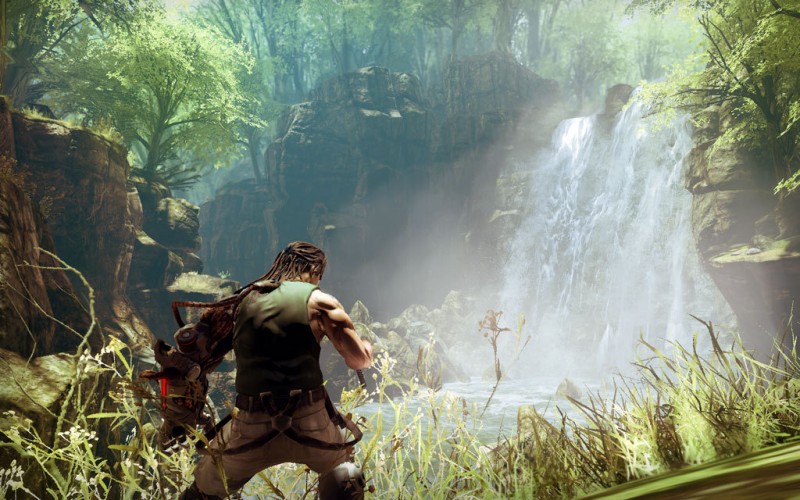
How it’s done poorly: Bionic Commando
Read our review
Based on a classic Capcom platformer whose main hook was the character’s inability to jump, Bionic Commando was a showcase for Nathan’s trusty cybernetic arm. When Capcom announced Grin was developing a modern, 3D adaptation for 2009, it was met with a heavy dose of skepticism.
In this new environment, swinging no longer needed to replace your jump but it encouraged a freedom of movement. Bionic Commando doesn’t offer that freedom, though. Either due to technical limitations or poor design decisions, the game world is restrictively narrow and prohibits the exploratory movement you see in games like Spider-Man.
“If the original Spencer was symbolic of the cheesy action heroes of the ‘80s, then the Spencer in the new Bionic Commando is certainly a more jaded ‘90s version of the same man,” said producer Ben Judd in an interview with Destructoid. “Much with the times, he has changed, too.” Too bad this version of Bionic Commando didn’t come out in the ‘90s.
A lot goes into making an old series feel new, but these are some of the ways we’ve seen developers take an ailing or aging franchise and turn them around for the better. Did we miss one, or do you actually love Duke Nukem Forever? Tell us what you think in the comments.
